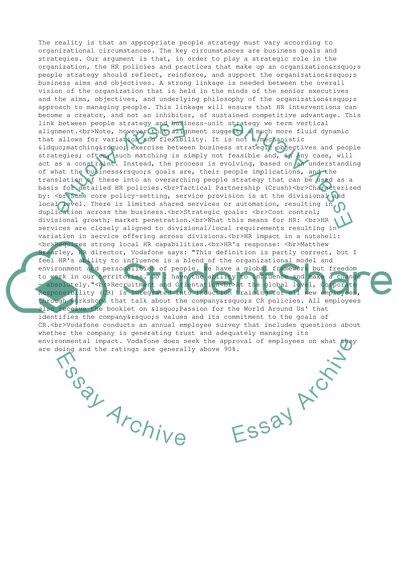Cite this document
(“Human resource policies Case Study Example | Topics and Well Written Essays - 1500 words”, n.d.)
Retrieved from https://studentshare.org/business/1508281-human-resource-policies
Retrieved from https://studentshare.org/business/1508281-human-resource-policies
(Human Resource Policies Case Study Example | Topics and Well Written Essays - 1500 Words)
https://studentshare.org/business/1508281-human-resource-policies.
https://studentshare.org/business/1508281-human-resource-policies.
“Human Resource Policies Case Study Example | Topics and Well Written Essays - 1500 Words”, n.d. https://studentshare.org/business/1508281-human-resource-policies.


